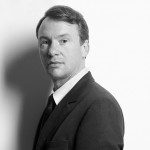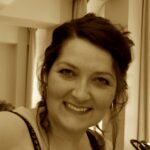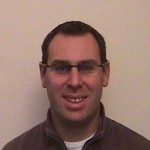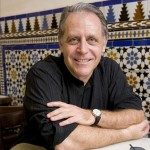About
Muscle regeneration uses specialized stem cells but it also requires coordinated action of stromal cells and supporting tissue. The study of muscle regeneration can not be only limited to the study of the activation, proliferation and differentiation of muscle stem cells. The aim of the study is to approach the mechanisms involved in the harmonious regeneration of the muscle beside satellite cells to know the different cellular elements of the supporting tissues and also the stroma through the study of CXCL12 chemokine and its anchorage to the GAG of the muscle extracellular matrix.
We used as a study model, mice knock in CXCL12Gagtm/Gagtm recently developed in the laboratory and in which CXCL12 gene has been mutated for the region coding the controlling anchoring of CXCL12 to Heparan Sulfats. In this mouse, CXCL12 is present but unable to bind to the extracellular matrix HS while keeping its activity via CXCR4. In this case CXCL12 is unable to generate a gradient responsible for the attraction, retention and migration of target cells.
We have shown that the absence of CXCL12 gradient leads to deregulated angiogenesis through vascular hyperproliferation at the basal state. This deregulation seems to be responsible of an altered vascular regeneration after injury with the presence of non-stabilized mural cells (smooth muscle cells and pericytes). This lack of vascular regeneration appears to be responsible for a muscle regeneration failure.






